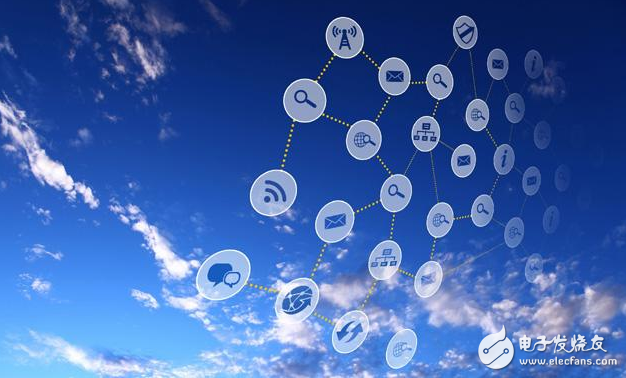As the market demands for enhanced connectivity technologies grow, this will also drive the continued evolution of the IoT ecosystem. We will see a number of innovations in the IoT field.
We are in the most active and fastest-growing industrial environment today. "Internet of people" has basically changed all aspects of our lives. The next generation of the Internet, the Internet of Things (IoT), is expanding rapidly and will connect nearly 50 billion devices by 2020. Soon, there will be more devices in the world than the Internet population connected to the Internet.

However, without the wireless communication connection technology, there will be no establishment of the IoT ecosystem. The basic concept of IoT is to connect the various "things" of built-in sensors, from industrial and automotive devices to consumer wearable devices, which exchange important messages over the Internet. . Powerful cloud computers will be responsible for executing complex databases and analysis tools to handle the sheer volume of data from many sensor nodes. They then provide valuable information and insights to consumers, businesses and institutions. U-blox' portfolio includes all the necessary connectivity technologies to provide seamless wireless solutions for a wide range of applications to meet the growing trends in connected cities, connected industries and connected cars.
From the point of view of u-blox, we believe that while IoT connectivity technology opens up unlimited possibilities, it also raises users' higher expectations for networking experience. Especially in the automotive industry, the emergence of smart connected cars is an example. The market forecast of the IHS automotive industry research team shows that the smart car market has huge growth potential. At present, there are 22 million connected vehicles, but by 2022, this number will grow to 77 million, and the overall market share will exceed 73%. This is one of the fastest growing markets for IoT.
As a semiconductor industry with wireless communication technology such as satellite positioning, short-range radio and cellular technology, we play an important role in supporting the development of cloud-connected vehicles. U-blox' wireless and positioning chips and modules are widely used in a variety of automotive products, including in-vehicle navigation systems with built-in inertial navigation (DadReckoning; DR) solutions, and rear seats with integrated Wi-Fi hotspot/router capabilities. In-vehicle infotainment systems such as entertainment, car insurance communication systems, eCall emergency call systems recently introduced in Europe, and advanced driver assistance systems (ADAS) that complement the VehicletoEverything (V2X) technology. It is expected that by 2020, connected cars will take it to the next level and develop towards unmanned driving.
At the same time, wireless technology will continue to evolve. For example, we must make chips more compact and more efficient, while reducing cost and power consumption. This is essential for demanding machine-to-machine (M2M) industrial and automotive applications. Devices such as telematics systems and smart meters require excellent performance at low cost. As major telecom operators accelerate the deployment of LTE networks around the world, as existing 2G and 3G networks will be phased out, devices that need to operate for years must support LTE technology to ensure their lifetime. In response to this demand, we have developed a low data rate (10Mbps DL/5MbpsUL) cellular module that supports LTE Cat.1, which is much lower than the standard LTE Cat.4.
Low-power Bluetooth, or Bluetooth Smart, is another breakthrough technology that enables wireless connectivity for a variety of simple devices. It is designed for IoT applications that require Internet connectivity and ultra-low power consumption to exchange data from fixed and mobile devices over short distances. For example, a meter that monitors room temperature or a heartbeat monitoring device that only needs to utilize frequency hopping technology to transmit data at a minimum bandwidth on the 2.4 GHz ISM band. Since the transmitter is transmitted over the air for a short period of time, the power consumption is also low. Coupled with Bluetooth low energy devices ensure fast connections, which is also a key to low power consumption.
Innovative communication technologies are constantly being introduced. Honeycomb technology for all types of devices is also coming soon. The emerging narrow-band Internet of Things (NB-IoT) is beginning to emerge, and the spectrum of licensed operators can be used to deploy low-power wide area networks (LPWAs), which are expected to be widely adopted around the world. The new technology is now undergoing 3GPP standardization, providing deep coverage for hard-to-reach areas and supporting a large number of low-data-transmission, ultra-low-cost devices with low power consumption and optimized network architecture.
Solid State Relay,Relayrelay Electrical,Motor Overload Relay,Dc Coil Contactor
NanJing QUANNING electric Co.,Ltd , https://www.quanningtrading.com